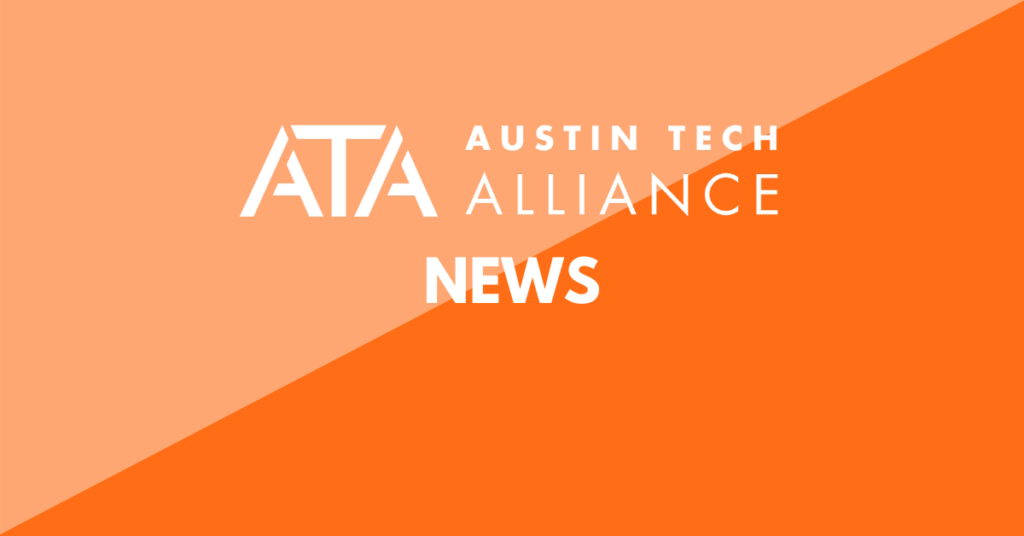This November, the people of Austin will vote on a massive public transit project known as Project Connect. This article details what Project Connect entails and what exactly voters will be voting on in November.
What is Project Connect?
Project Connect is a joint project between Cap Metro and the city of Austin to expand and enhance Austin’s public transportation services. Among these improvements include:
- Three new light rail lines:
- Orange Line – spans from Tech Ridge to Southpark Meadows, passing through the UT campus
- Blue Line – connects downtown Austin to the airport, and runs North along the Orange line
- Gold Line – goes through central Austin hitting ACC’s Highland campus and SoCo
- Downtown Transit Tunnel – an underground hub area with amenities and stations where the light rails will meet, including the existing red line
- Expanding the capacity of the Red line
- Building a new zero-emissions electric bus fleet
- And many more changes that can be found on their website
Many locals are excited about these changes. Bay Scoggin, director of the Texas Public Interest Research Group, says “Project Connect is cleaner, greener, and essential for Austin. For Austinites that want to mitigate climate change, have cleaner air, and support our essential workers, Project Connect is a generational opportunity to improve our city.”
Of course, everything comes with a price, and Project Connect is no exception. The original Project Connect plan had a budget of 9.8 billion dollars. However, Austin city council voted unanimously on Monday for a cheaper Project Connect plan costing 7 billion dollars. Furthermore, Project Connect expects to see federal funding for about 45% of the cost. Still, Austin will need to raise funds locally for a little more than half of the budget. But before it can do so, it must gain approval from its citizens.
How will Austin pay for Project Connect?
A project of this size will need Austin to increase its revenue. How this will be achieved is still under discussion, but here are two common referendums on raising public funds:
Bond Elections
Bonds, put simply, are loans. When a government entity issues bonds, it is promising its bondholders that it will pay back the money lent to them over a long time period. This long time period to pay back the loan has made bonds a popular tool to fund public projects across the U.S. as it doesn’t require the government to implement immediate tax increases. However, this also means that the government entity is in debt until the bonds are paid. Because of this, government entities will ask their constituents if they approve issuing bonds and the debt that comes with it. .
Tax Rate Elections
Tax Rate Elections, or TREs, are exactly what they sound like. They are elections that ask voters whether they support a tax rate change. For large projects, like Project Connect, a government entity will need extra revenue, and increasing taxes is a simple way to do so. Of course, no government entity can change taxes without approval from its constituents.
Bonds and Tax Rate changes are not mutually exclusive. A government may ask to issue out bonds and implement a tax increase to ensure it can pay the bond on time.
Project Connect has not finalized how Austin will fund the rest of the project. Furthermore, the ballot in November could pertain to all of Project Connect or just its initial phases. A clear description of what will be on the ballot is expected to be determined in early August. Regardless of what the final proposition says, program officer of Project Connect, Dave Couch, claims this ballot will be “a generational change” for Austin as the “gridlock will only tremendously [worsen]”.
Austin’s city council voted unanimously Monday that Project Connect will be on the November ballot. Therefore, it’s crucial that Austinites vote this November.

